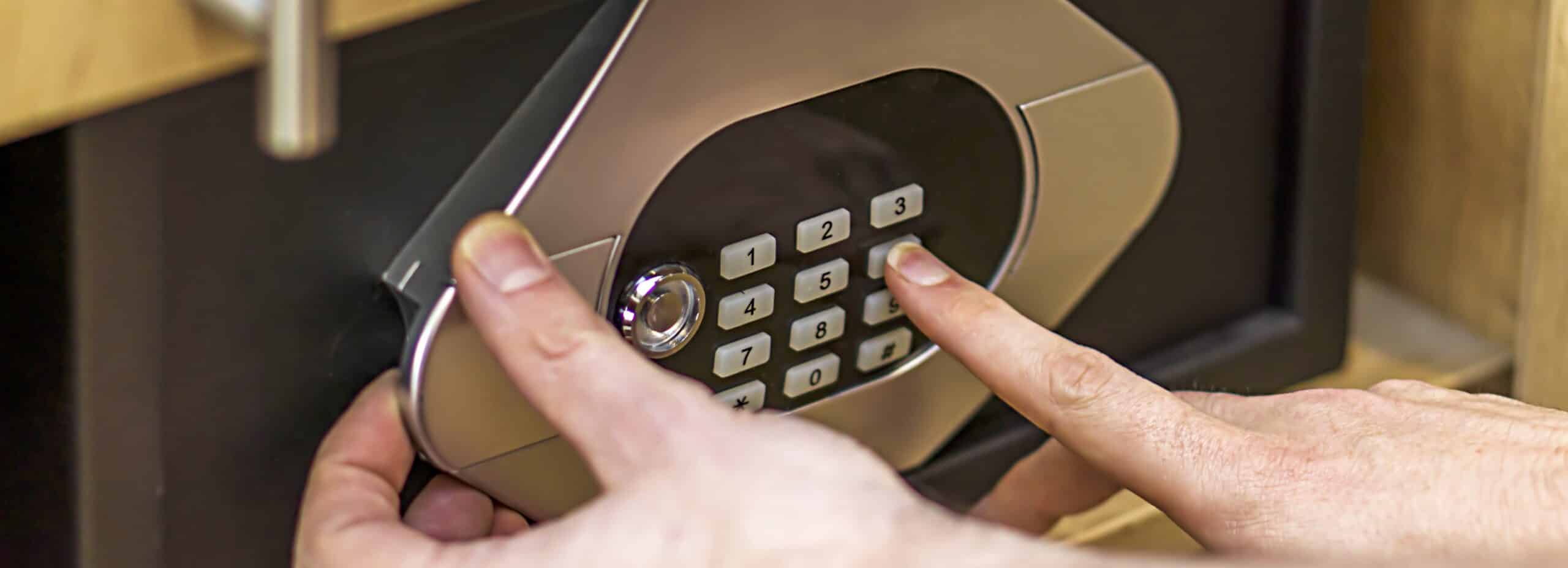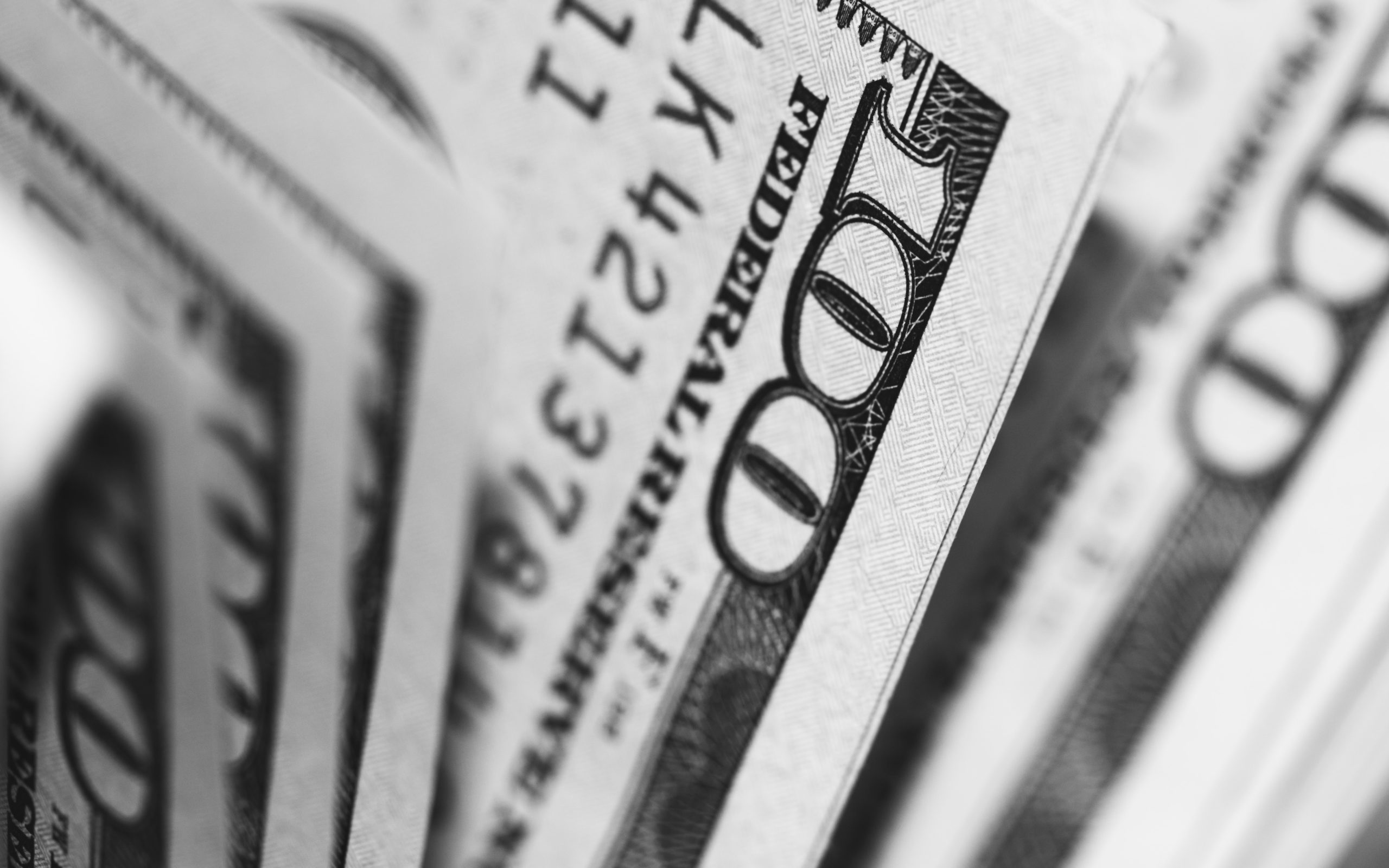A SAFE and a convertible note are two of the many different types of instruments that startups can use to raise capital.
I work directly with startups to strategically plan their fundraising, and the SAFE vs. convertible note question often comes up in these discussions.
In this post, we will explore what SAFEs and convertible notes are and how they differ, how SAFEs rose to popularity as an investment vehicle, the role a valuation cap plays in this process and when a founder should consider using a SAFE to raise money.
What Is a SAFE Note?
A Simple Agreement for Future Equity (SAFE) note is a financial instrument that allows a startup to raise capital while deferring a valuation and equity issuance until a future date — in an anticipated financing round or upon a liquidity event — without an interest rate or a maturity date.
SAFEs were first introduced in 2013 by startup accelerator Y Combinator as a simpler alternative to convertible notes. They quickly gained popularity in the startup world and are now commonly used by startups of all sizes to raise capital.
What Is a Convertible Note?
A convertible note is a financial instrument that allows a startup to take on capital in the form of debt that is repaid in equity. It is called a convertible note because the startup effectively converts its debt into ownership shares.
SAFE vs. Convertible Note: Key Differences
Basis of the Instrument
The main difference between a SAFE and a convertible note is the basis of the instrument. A convertible note is a debt instrument, and a SAFE is an equity instrument. A SAFE is also generally simpler and more streamlined.
Flexibility and Interest
Another difference is that a convertible note typically includes an interest rate and a maturity date. The maturity date is the date by which a convertible note must be repaid or converted to equity, and the interest rate is the rate at which interest is accrued on the outstanding principal amount of the note. This mechanism allows the investor to accrue more equity the longer the note stays open, creating some pressure on the company to convert the note to equity quicker than may be ideal.
In contrast, a SAFE does not have an interest rate or a maturity date, allowing some more flexibility on the timing of a future equity raise for the company.
Valuation Requirement
SAFEs don’t require a valuation, which makes them particularly popular in the early stages of a startup’s life when it may be difficult to determine a valuation for the company. The simplicity of a SAFE also allows a startup to avoid some of the major legal expenses of a traditional equity round, which may not be feasible for an early-stage company.
Both instruments typically have a valuation cap and/or discount rate to protect these early-stage investors from runaway valuations that erode the discount on share price they should receive for investing at an earlier, riskier time in the company’s lifecycle.
Valuation Caps
A valuation cap sets a maximum valuation at which a SAFE or convertible note converts into equity in the next financing round. It safeguards investors from potential excessive dilution by ensuring they receive equity at a predetermined valuation, regardless of the actual valuation at the subsequent round. For instance, if a startup issues a SAFE with a $10 million valuation cap and the next round values the company at $20 million, investors receive equity at the $10 million cap.
This mechanism provides downside protection for early-stage investors, encouraging investment in nascent businesses. Without it, investors risk missing out on potential upside if the company’s valuation skyrockets in later rounds. Careful consideration of the valuation cap is crucial for both startups and investors, as it significantly impacts returns and dilution, requiring assessment based on the company’s growth stage, future prospects and market conditions.
Benefits of a SAFE vs. Convertible Note
Both SAFE and convertible notes can be friendly to founders, but the preference will depend on the specific terms of the note and whether or not the potential investor is willing to give the same terms for a SAFE as they would for a convertible note.
A SAFE can be more friendly to founders in some situations because it does not include an interest rate or a maturity date, which means that the startup has more time to grow before having to repay the investor or convert the investment into equity. Additionally, because the valuation of the company is not set at the time of investment, it allows the startup to defer the valuation conversation to a later date when conditions may be more beneficial for valuation setting.
However, a convertible note can also be friendly to founders if it includes relatively favorable terms such as a low interest rate, a higher valuation cap relative to what the investor would agree to in a SAFE or a discount rate on the investment. Ultimately, the choice of instrument depends on the specific circumstances of the startup and the preferences of both the founders and the investors.
A Final Word on SAFE vs. Convertible Notes
Whether a founder raises capital through a priced equity round, a SAFE or a convertible note, they’re effectively selling a portion of their company. With that, we encourage all founders to think critically about how much they’re looking to raise, what instrument they’ll use and, maybe most importantly, the investors and advisors with whom they intend to partner.



